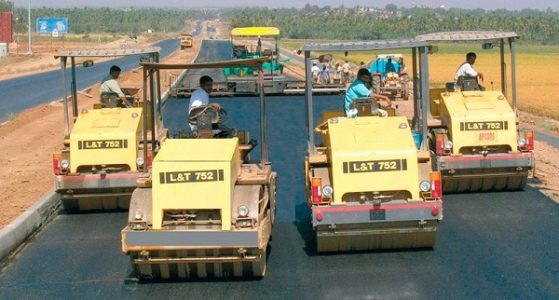
Dec 13, 2014: Reason why World Bank signed an agreement to lend $1 billion to India to build the eastern dedicated railway freight corridor, which can help increase the capacity of these freight-only lines by raising the axle-load limit from 23 to 25 tonnes and enable speeds of up to 100 kmph and develop the institutional capacity of the DFCCIL (Dedicated Freight Corridor Corp. of India Ltd) to build and maintain the DFC (dedicated freight corridor) infrastructure network.
The agreement is the second after first loan of $975 million for the 343 km Khurja-Kanpur section for a project that was approved by the World Bank in May 2011. Most land needed for the project has been acquired from thousands of land owners with crores paid off as compensation, in addition to agreed resettlement and rehabilitation benefits. The eastern freight corridor is 1800 km long and extends from Ludhiana to Kolkata. India is building two freight corridors, in the east and the west, which will country increase railway transportation capacity by building higher-speed dedicated freight corridors. Currently, the rail routes that form a golden quadrilateral connecting Delhi, Mumbai, Chennai and Kolkata account for 16% of the railway network’s route length, but carry more than 60% of India’s total rail freight.
The Indian Railways urgently needs to add freight routes to meet the growing freight traffic in India, which is projected to increase more than 7% annually. Dedicated freight corridors will not only meet this growing freight demand, but also decongest the already saturated rail network and promote the shifting of freight transport from road to more efficient rail transport. DFCCIL claims to adhere to the scheduled completion target of eastern corridor by December 2019. 90% of land acquisition for Kanpur-Mughal Sarai section, for which the loan agreement is being signed, has been completed, and the contract for civil works to be finalized soon.
